Ever tried planting a beautiful flower or juicy tomato plant, only to see it wilt within weeks? The problem might not be your green thumb—it could be your gardening zone. Knowing your USDA hardiness zone is the secret weapon that turns a struggling garden into a thriving paradise.
Understanding your gardening zone gives you the power to grow plants that will survive through your specific winter temperatures, local climate quirks, and growing season. Whether you’re looking to plant a lush flower bed, a veggie patch for home cooking, or even a mini herb garden on your patio, your USDA zone is the starting point.
>>>Read more: Spring 2025: The Golden Time to Plant Trees
What Is a Gardening Zone and Why It Matters
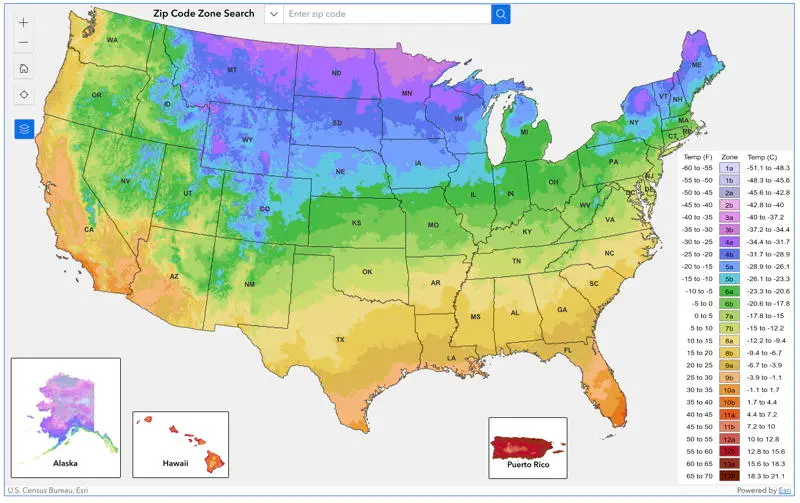
Your gardening zone (also called a USDA Plant Hardiness Zone) is based on the average minimum winter temperatures in your area. These zones help you figure out which plants are most likely to survive and thrive in your local climate.
Think of it like this: planting without knowing your zone is like choosing winter clothes without knowing the weather. Sure, you might guess right, but it’s way better to know for sure.
Gardening isn’t just about sunlight and watering. Cold snaps, frost, or overly warm winters can all affect how a plant performs. When you choose plants adapted to your zone, you’re dramatically increasing your success rate and reducing the need for special care, protection, or costly replacements.
Understanding USDA Hardiness Zones
The USDA divides the U.S. into 13 hardiness zones, each split into “a” and “b” subzones. Zone 1 is the coldest (hello, Alaska), while Zone 13 is the warmest (shoutout to southern Florida).
These zones give you a general idea of the lowest temperatures plants in your area will face. Some plants, like tropical flowers or certain herbs, just can’t handle frost. Others, like kale or coneflowers, love the chill.
Each zone represents a 10-degree Fahrenheit range. Even within the same state, gardeners can be in completely different zones. That’s why knowing your exact location’s zone can make all the difference.
How Zones Affect Your Plant Choices
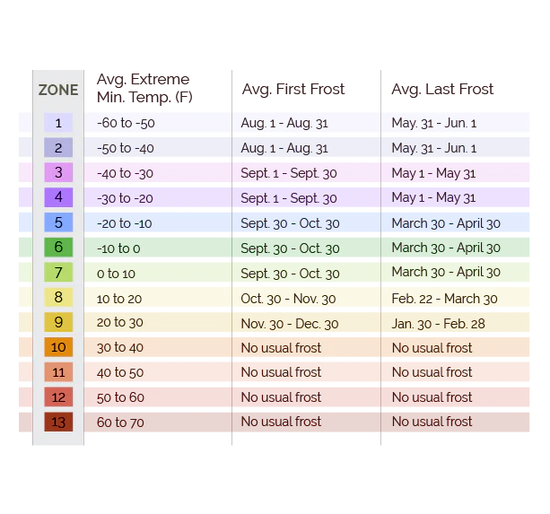
Here’s the deal: Plants are labeled with zone ranges. For example, a plant that’s hardy in Zones 5-9 means it can survive winters in those zones. If you plant it in Zone 4, you risk it freezing to death. If you’re in Zone 10, it might not get the cold period it needs to bloom.
Plants such as tulips need a chilling period to flower, which they won’t get in warmer zones. On the flip side, tropical plants like plumeria or mango trees will perish if exposed to prolonged frost.
Understanding your zone helps you:
-
Avoid wasting money on incompatible plants
-
Time your planting schedule more accurately
-
Choose perennials that come back year after year
-
Maximize your garden’s potential without fighting nature
How to Find Your Gardening Zone
Don’t worry—you don’t need to be a meteorologist to figure out your gardening zone. Here’s how to find it:
1. Using the USDA Plant Hardiness Zone Map
Visit planthardiness.ars.usda.gov. Enter your ZIP code and boom—you’ll see your exact USDA zone. It’s free, easy, and way more accurate than guessing.
The interactive map lets you zoom in on your specific location and see how your area has been categorized. It’s updated periodically to reflect changes due to shifting weather patterns or better data collection.
2. Online Tools and Mobile Apps
Plenty of gardening apps and websites also offer zone lookups. Check out:
-
The Old Farmer’s Almanac
-
Garden.org
-
GrowIt! app
-
Planter Garden Planner
These tools not only show your zone but also offer customized planting calendars, reminders, frost date trackers, and community tips from local gardeners. They’re like having a garden coach in your pocket.
3. Checking Local Weather & Microclimate Factors
Your microclimate (like a shady backyard or rooftop garden) can affect what grows best. South-facing walls, wind exposure, and even urban heat islands can shift things a bit. Keep notes and observe!
If your backyard is sheltered and gets more sun, it might behave like a warmer zone. Raised beds can also help warm the soil faster in spring, extending your growing season. Consider elevation, nearby bodies of water, and man-made structures that block or reflect heat.
Best Plants to Grow by Gardening Zone
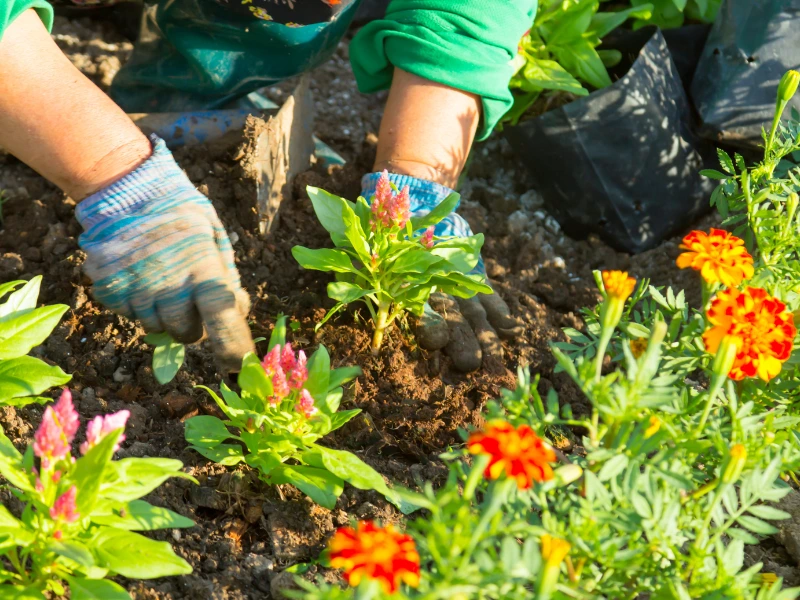
Let’s talk plants! Here are some ideas for each major region based on climate zone:
Zone 3–5: Cold-Hardy Champions
-
Vegetables: Kale, carrots, spinach, broccoli, cabbage
-
Flowers: Peonies, tulips, irises, coneflowers, daylilies
-
Herbs: Chives, thyme, mint, oregano
-
Shrubs: Lilac, dogwood, juniper
These zones need plants that can survive subzero winters. Raised beds, hoop houses, and heavy mulching help protect roots and extend the season.
Zone 6–7: Versatile Favorites
-
Vegetables: Tomatoes, beans, zucchini, cabbage, radishes
-
Flowers: Daffodils, black-eyed Susans, lavender, asters
-
Herbs: Basil, rosemary, parsley, cilantro
-
Fruits: Apples, strawberries, blueberries
You get the best of both worlds here—cold enough for spring bulbs, warm enough for summer veggies. It’s one of the most flexible zones for diverse planting.
Zone 8–9: Warm-Weather Winners
-
Vegetables: Peppers, eggplants, okra, cucumbers, sweet corn
-
Flowers: Marigolds, hibiscus, salvia, geraniums, zinnias
-
Herbs: Oregano, dill, lemongrass, basil, tarragon
-
Fruits: Citrus trees, peaches, pomegranates
These zones have long growing seasons. Great for heat-loving crops and flowering plants. Be sure to water consistently and mulch to retain moisture.
Zone 10–11: Tropical Paradise
-
Vegetables: Sweet potatoes, hot peppers, tropical spinach, yams
-
Flowers: Bougainvillea, bird of paradise, plumeria, heliconia
-
Herbs: Turmeric, ginger, basil (year-round!), galangal
-
Fruits: Papaya, mango, banana, avocado
Almost no frost here! You can garden nearly year-round. But be mindful of heat stress, pests, and proper irrigation. Shade cloths and drip systems can be helpful.
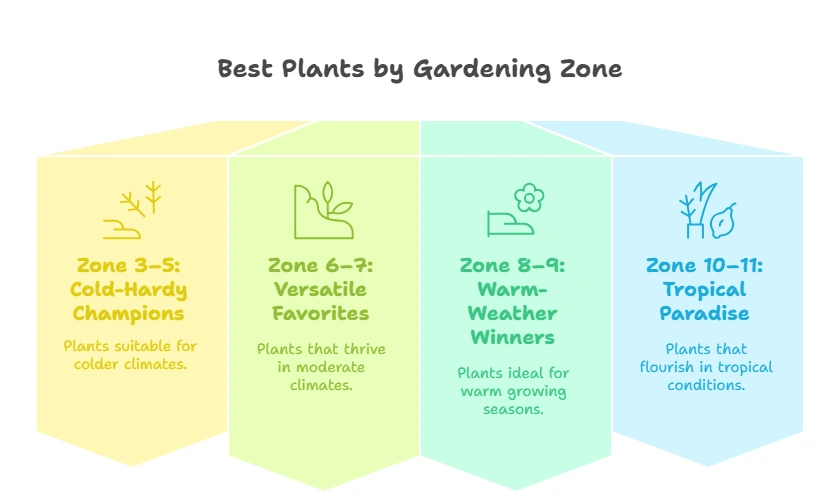
Tips for Successful Gardening in Your Zone
Let’s make sure your garden not only survives but thrives:
Start With Native Plants
Native plants are already adapted to your region’s conditions. They need less water, resist pests, and support local pollinators. Win-win-win! Examples include:
-
California poppies in the West
-
Purple coneflower in the Midwest
-
Black-eyed Susans in the Southeast
Ask your local extension office or nursery for native plant recommendations.
Adjust Your Planting Calendar
Use a regional planting guide or calendar. For example:
-
Zone 9 gardeners can plant tomatoes in February
-
Zone 5 gardeners should wait until mid-May
Backyard gardeners can print out a seasonal checklist or subscribe to digital calendars that notify you when it’s time to sow, transplant, or harvest.
Consider Your Soil and Drainage
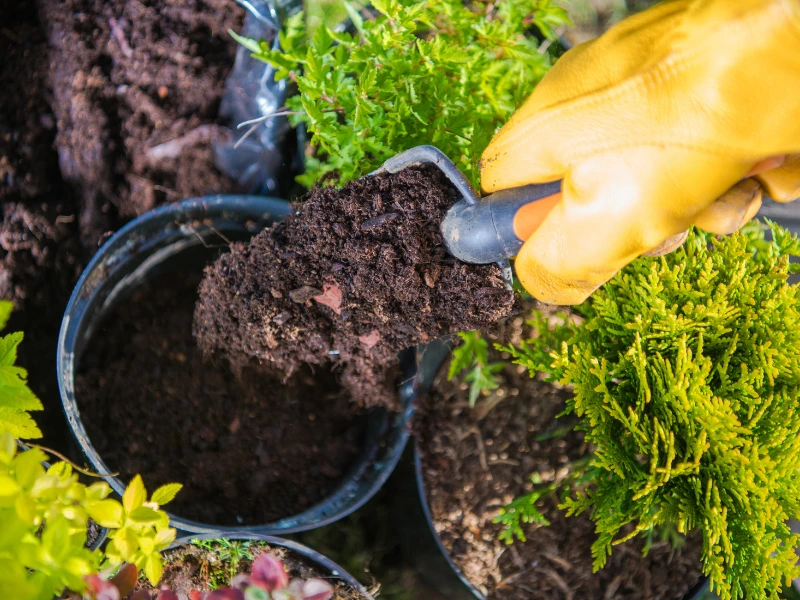
Even if the zone is right, poor soil can ruin things. Do a soil test for pH, nutrients, and texture. Amend with compost or organic matter. Raised beds and mulch help improve drainage and temperature regulation.
Sandy soils drain fast but may lack nutrients. Clay soils hold moisture but can suffocate roots. Your zone doesn’t change, but how you treat your soil can make or break your results.
Be Aware of Frost Dates and Microclimates
Know your first and last frost dates. Use row covers, greenhouses, or cold frames if needed. Microclimates in your yard can let you cheat the calendar a bit and grow more sensitive plants.
Apps like GrowVeg let you enter your zip code and garden dimensions to track frost dates, soil temperature, and recommended crops.
Resources and Tools for Garden Planning
Here are some go-to resources to help you plan smarter:
-
USDA Interactive Zone Map: Find your exact zone and download data
-
Local Extension Offices: Great for region-specific advice and events
-
Seed Catalogs: Look for zone recommendations on packets
-
Gardening Books: Choose ones tailored to your region
-
Apps like GrowVeg and Planter: Help lay out, track, and manage your garden with AI tools and templates
Frequently Asked Questions
1. How do I know which USDA zone I’m in? Use your ZIP code on the USDA website to find your zone instantly. Most garden centers also list zone info on plant tags.
2. Can I grow plants outside my gardening zone? You can try, but success depends on how much you’re willing to adapt (like using greenhouses, winter protection, or containers).
3. Why do gardening zones change over time? Climate change and better data collection cause periodic updates to the USDA map. Warming trends may shift zones northward over the decades.
4. Are USDA zones the same as climate zones? Nope! USDA zones focus on winter lows. Climate zones (like those used by Sunset) consider more factors like rainfall, heat, and humidity.
Conclusion
Knowing your USDA gardening zone is like unlocking a cheat code for your garden. It helps you pick the right plants, plant at the right time, and avoid the heartbreak of dead greenery.
Start by looking up your zone. Use that info to create a tailored planting plan that works with your local conditions, not against them. Talk to local nurseries, join online gardening forums, or share tips with your neighbors.
And remember, gardening is a journey. Whether you’re in chilly Zone 4 or tropical Zone 11, there are beautiful, tasty, and beneficial plants waiting to grow in your yard. You just have to know which ones to invite in.
Happy planting!
